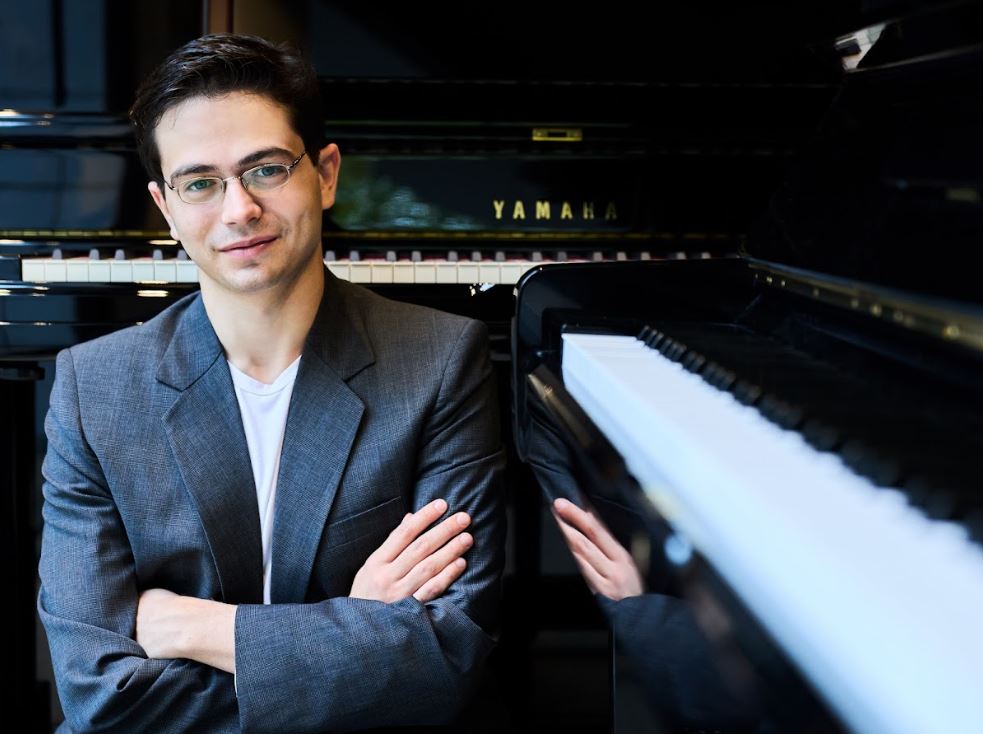Beethoven's genome fully decoded
A research team has succeeded in decoding Beethoven's genome. It shows that he had a hereditary predisposition to liver cirrhosis and was infected with hepatitis B, which probably led to his death.

The study, led by the University of Cambridge, the Beethoven Center San Jose and the American Beethoven Society, the KU Leuven, the company FamilyTreeDNA, the University Hospital Bonn and the University of Bonn, the Beethoven-Haus Bonn and the Max Planck Institute for Evolutionary Anthropology, brings to light new insights into the composer's illnesses and raises questions about his recent ancestry and cause of death.
The international research team has succeeded in decoding Ludwig van Beethoven's genome using five genetically matching locks of hair. His hereditary predisposition, combined with his alcohol consumption, led to his severe liver disease. The genetic material of relatives living today also points to an extramarital relationship in Beethoven's paternal line.
It was previously known that Beethoven asked his brothers in a letter written in 1802 to have his illness examined by his doctor after his death and to publish the results. Since then, there has been uncertainty about the Bonn composer's state of health and cause of death, as the notes from Beethoven's doctor have never been found. In order to find out more about his illnesses and the cause of death, the international research team used modern archaeogenetic research methods.
Original article:
https://www.mpg.de/20018695/0320-evan-beethovens-genom-150495-x



















